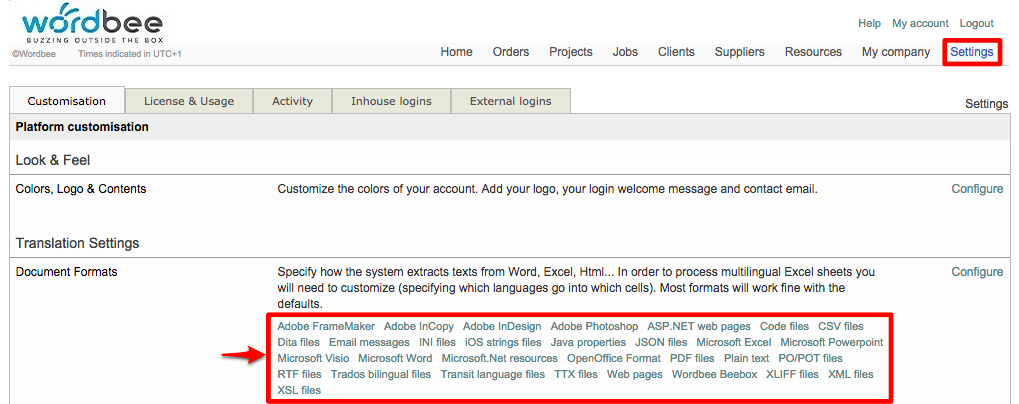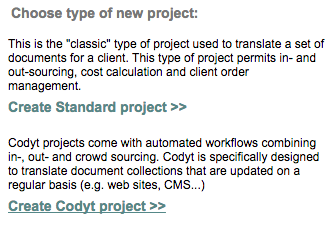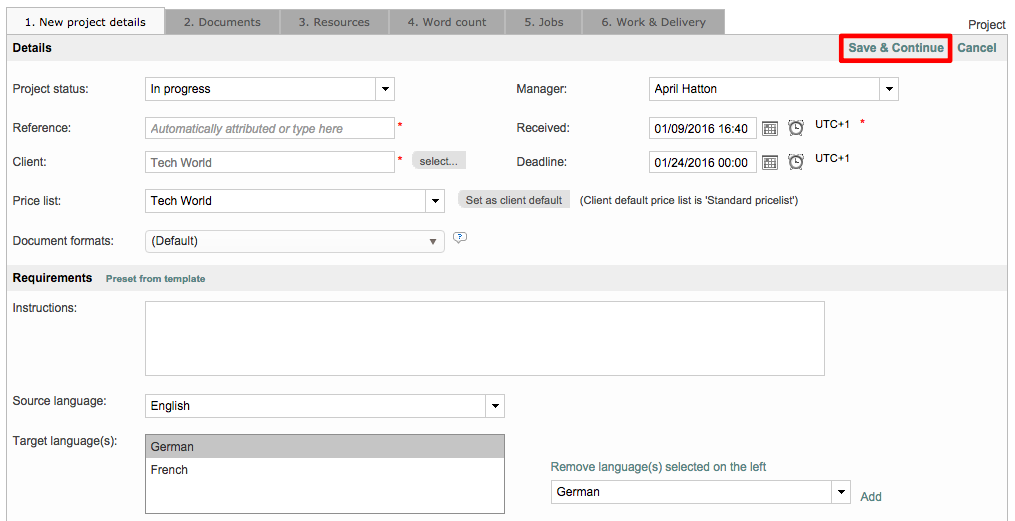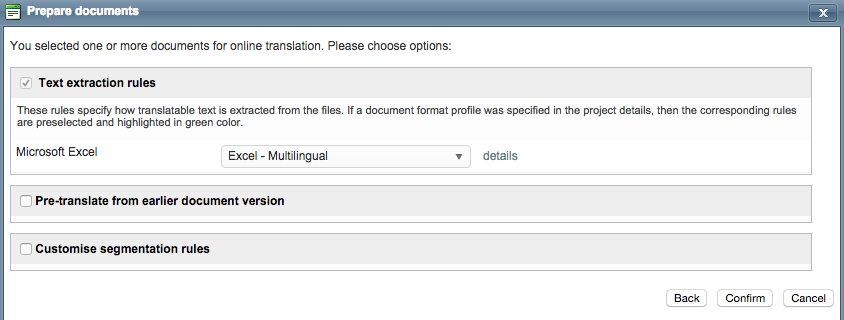How to translate multilingual Excel files
A multilingual Excel file is one that contains more than one language column such as one column for English, French, and German. When translating these files, a few additional steps must be taken to ensure the pre-translation and workflow is handled appropriately.
To translate a multilingual file, you will need to perform the following tasks:
Find an example on how to translate multilingual Excel files which already contain translations here.
Please note this step must be performed for each language and column in the document. You may also configure any columns with comments, etc.
When adding the languages, you must also enter the column for each language in the configuration. Text columns (language columns) are on the left and comment columns are on the right of the column section. Click a field and type in the column value as it appears in the Excel source file.
For more information about creating and managing Excel file format configurations, please see Microsoft Excel Files in the File Format section.
For more information about creating projects, please see the following pages in the Getting Started Guide: Creation of Standard Projects, Creation of CoDyt Projects, and Upload Your Documents.
Once the document has been uploaded, you will be able to mark it for online translation and select the created Excel file format configuration.














